Happy Sunday. Earlier this weekend in Rome, participants wrapped up meetings that Pope Francis earlier this year said he hoped would be “the permanent way of acting in the church”: the Synod on Synodality.
But what is it, why has it taken so long, and what’s the “so what?” of it all?
Father Robert Sirico, founder of the Acton Institute, spent several days in Rome this month talking to more than 100 participants in the synod and has an analysis in today’s Dispatch Faith.
Robert Sirico: A Conservative Perspective on the Synod on Synodality
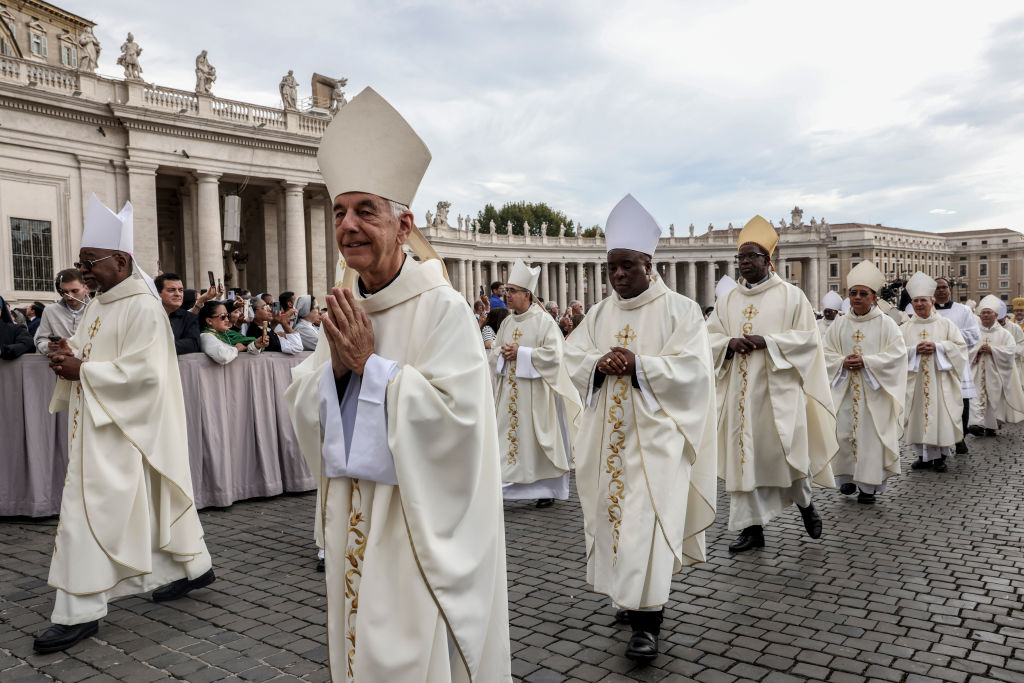
Since 2023, the Catholic Church has been engaged in a significant process called the Synod on Synodality. This multi-year series of meetings, which concluded this week, aims to reshape how the church functions by embracing a “synodal” model—one where openness, transparency, and dialogue are central. As someone who was in Rome during these discussions—not as an official participant, but as a priest, pastor, writer, and someone deeply invested in the church’s future—I observed the unfolding process closely.
To understand the significance of this synod, it’s important to consider what a synod is and how it fits into Catholic tradition and history. Synods have long been a part of the church’s governance, serving as consultative assemblies where bishops, clergy, and laity gather to discuss pressing issues of faith and practice. However, synods are not democratic bodies that decide doctrine by vote; they are meant to advise bishops, who remain the ultimate decision-makers.
The current Synod on Synodality differs from past synods in its structure and approach. In 1965, following the Second Vatican Council, Pope Paul VI created the Synod of Bishops as a means to continue the spirit of collegiality among the world’s bishops. But the term “synodality,” which has now become a buzzword of the current synod, does not appear in canon law or any official documents from Vatican II. This leaves many wondering what the concept of synodality really means.
Throughout the sessions in Rome, I heard participants joke or express confusion about the true meaning of “synodality.” Was it merely a catch-all term for an idealized form of consultation? Or was it something deeper—a fundamental shift in how the church understands authority and governance?
The hope for this synod, as expressed by Pope Francis, was to allow the church to listen better, to walk together, and to seek new ways of discerning the will of God. Yet, for some of us, the purpose and direction of this “walking together” were not immediately clear. In fact, as the synod progressed, it became evident that this ambitious project of ecclesial renewal was fraught with ambiguities and competing visions of what the church should be. The General Assembly of the synod has voted on a final document, which surprisingly, Pope Francis has decided to adopt as is, with no further exhortation.
Paradoxes of process: the ambiguity of the synod’s direction.
During the synod, I engaged with more than 100 bishops, cardinals, and participants. Through these conversations, a paradox emerged: On the one hand, there was a flood of novel phrases and talk of “a synod process on synodality for a synodal church”; inclusivity, dialogue, and accompaniment; and other ambiguous phrases that can mean almost anything (all understandable if in effect you want to create a new church). Many found the process confusing and even disheartening. For some, the discourse was so vague and nebulous that it felt more like an exercise in obscuring rather than clarifying the Church’s mission.
In October 2023, media outlets began reporting on the contentious topics being discussed behind closed doors—despite the synod’s leadership requesting that debates remain confidential. This request for confidentiality stood in stark contrast to the supposed commitment to transparency that the synod had repeatedly emphasized. The handling of sensitive issues such as the ordination of women, LGBTQ+ concerns, and church governance raised eyebrows, as these debates were relegated to private discussions within the circoli minori (small discussion groups).
Many participants and observers were left with the impression that, for all the talk of openness, the synod’s process was, in fact, carefully controlled. The disparity between the synod’s stated aims and the reality of how discussions were conducted became a growing source of concern.
The German influence on the synod.
To understand the broader context of the Synod on Synodality, one must also look to a parallel process in Germany known as the Synodal Way (Synodaler Weg). This initiative, which began in 2019, openly sought to bring pressure on the synod in Rome to address some of the church’s most controversial issues: the decentralization of church authority, questions surrounding sexuality, the role of women, and the life and celibacy of priests. By 2022, the German Synodal Way had approved measures favoring women’s ordination, blessings for same-sex unions, and married priests.
The Vatican responded to the Synodal Way with caution, warning that the church in Germany risked drifting into schism. Yet, despite these warnings, many of the themes and dynamics from the Synodal Way have found their way into the broader Synod on Synodality, raising concerns about whether the universal church is now being influenced by a distinctly Western, progressive agenda.
The situation in Germany provides a striking example of what happens when the church attempts to align too closely with secular trends and begins to see its mission as accommodation rather than evangelization. Bishop Franz-Josef Overbeck of Essen, a key figure in the German Synodal Way, openly admitted the severe decline of the priesthood in his diocese. In 14 years, he reported burying nearly 300 priests and ordaining only 15. Meanwhile, the German Church as a whole has seen a dramatic exodus of members, with over 708,000 people leaving in recent years, compared to 270,000 just a few years earlier.
This rapid decline in both clergy and laity reflects a larger identity crisis within the German church. As it increasingly seeks to adapt to the progressive cultural shifts of the broader society, it risks losing the very distinctiveness that defines it. In trying to make itself more “relevant,” the church in Germany appears to be experiencing a crisis of meaning and purpose.
A contrast in visions: the global divide.
One striking moment from the Synod on Synodality underscored the global divide within the church. At a press conference, Overbeck sat beside Cardinal Fridolin Ambongo Besungu, the Archbishop of Kinshasa in the Democratic Republic of the Congo. Their presence together highlighted the contrast between two competing visions of the church: one that seeks accommodation to the secular cultural trends of Europe, and one that remains firmly rooted in a traditional understanding of faith and mission. It was, after all, Cardinal Besungu, as president of the Symposium of Episcopal Conferences of Africa and Madagascar—a kind of pan-African episcopal conference—who announced that the African bishops had rejected the Vatican decree Fiducia Supplicans authorizing the blessings of homosexual unions.
This juxtaposition of Overbeck and Besungu reflects a much broader divide within the global church. While the church in Europe and North America grapples with questions of inclusivity, decentralization, and modernization, the church in Africa and other parts of the global South continues to emphasize fidelity to tradition, doctrinal orthodoxy, and growth in numbers. For many Catholics in that part of the world, where the church is growing, the challenges facing the church in Europe and North America, where the church is shrinking, seem distant, even alien.
In business, organizations can fail when they lose focus on their core mission, attempting to expand into new markets or areas that dilute their identity. The same can happen to institutions like the Catholic Church.
The experience of the Catholic Church in Germany—with its plummeting numbership—serves as a cautionary tale. As it attempts to conform to the expectations of modern secular society and experiences rapid decline, the church’s relevance in German society has become increasingly fragile. It is a stark reminder that when the church loses its focus on its primary mission, it also risks losing its ability to speak meaningfully to the world.
Mixed signals and missing themes.
Also, at the micro level of the synod, one sense from the participants themselves that became increasingly apparent during the Synod on Synodality was a dissonance between the process’s rhetoric of inclusion and transparency, and the reality of how it unfolded. The entire leadership of the synod largely consisted of figures known for their progressive positions, including Cardinal Mario Grech, the general secretary, and Cardinal Jean-Claude Hollerich, the general rapporteur. Both spiritual directors of the synod, Cardinal-designate Timothy Radcliffe and Sister Maria Ignazia Angelini, are also aligned with more progressive views.
Among those I spoke to, many participants felt that the selection process for the synod favored those who were expected to support a more progressive line of thinking, and even those who did not arrive with those views felt pressured into conforming. This perception led to a growing sense of division between so-called “insiders” and “outsiders.” Even though the synod emphasized the importance of listening to the “lived experience” of the faithful, the perspectives highlighted often seemed to focus on narratives of marginalization and exclusion.
Notably absent from the synod’s discussions were representatives from vibrant, traditional communities like the Sisters of Life or the Missionaries of Charity—orders that are growing and thriving in many parts of the world. Likewise, representatives from pro-life organizations, most of which are led by women, were conspicuously absent from the proceedings. While LGBTQ+ issues were frequently discussed, only those who shared the progressive views were given a platform. Where was Courage, the apostolate dedicated to helping men and women with same-sex attraction live chastely according to church teaching?
Another concern was the language used during the synod. Traditional Catholic terms like holiness, repentance, and conversion—words central to the Christian life—were conspicuously absent from the discussions. The constant use of more ambiguous terms at the expense of more familiar and traditional language with a clear history of agreed upon meaning, leaves the entire process open to manipulation.
One of the most striking omissions from the synod’s discussions was the absence of any meaningful engagement with the church’s rich tradition. As G.K. Chesterton famously said, tradition represents “the democracy of the dead,” giving a voice to the countless generations of faithful Catholics who came before us. Yet, in its rush to embrace the modern world, the synod appeared to overlook the wisdom of those past generations.
Perhaps even more troubling was the lack of any serious engagement with the ongoing global sex abuse crisis, which continues to hang over the church like a dark cloud. How can a synod aimed at charting the church’s future fail to address one of the most significant moral and spiritual challenges of our time?
Why the church still matters.
Despite these concerns, the Synod on Synodality highlights something fundamental about the church: its ability to endure, which is a testament to its resilience. The Catholic Church, after, all, is the longest continually existing institution in human history. Its commitment to essential truths, even when countercultural, has enabled it to survive and thrive across millennia.
In fact, the Catholic Church has been responsible for pioneering institutions that are now foundational to human society: hospitals, universities, organized charity, and ethical banking systems, to name just a few. These contributions are not just relics of the past—they are part of the church’s enduring mission to promote human flourishing.
The Synod on Synodality, considered to have been the most significant global event in the Catholic Church since the Second Vatican Council in the 1960s, will likely be the defining moment of Pope Francis’ pontificate.
In the final days of the synod, progressives raised concerns that the synod did not live up to their expectations for radical change. While its outcomes may shape the church for years, perhaps decades, to come, it is no easy thing to shift the direction of an institution whose course and mission was set 2,000 years ago by Jesus Christ himself.
But if the church is to remain resilient in the face of modern challenges, it must strike a delicate balance. It must remain open to dialogue and new perspectives, even as it develops its teaching to make it more understandable to the modern world—to make the implicit, explicit. But it cannot lose sight of its core identity and mission.
In a world that is increasingly fragmented and uncertain, the church’s strength lies not in its ability to adapt to every cultural shift, but in its steadfast commitment to the truth it has carried for over two millennia. The future of the church—and perhaps of the civilization it helped to build—depends on whether it can hold fast to that identity, even as it navigates the complexities of the modern world.
Nadya Williams: Faith, Hope, and Love in the 21st Century

On our website today, Nadya Williams reviews Norman Wirzba’s new book Love’s Braided Dance: Hope in a Time of Crisis, a rewrite of a classic collection of essays from Southern agrarian writer Wendell Berry.
Indeed, in this way, Wirzba’s book is a hopeful response to Berry’s body of work. What Are People For?, originally published in 1990, ended on a hopeful note. Yet more recently, in both nonfiction (e.g., The Need to Be Whole) and novels Berry has written in the 21st century (e.g., Jayber Crow and Hannah Coulter), one begins to see a turn that is less hopeful, more melancholy than before. As Eric Miller notes in his review of The Need to Be Whole in 2022, “The pathos of this long, loving book (more like a letter, in a way) lies in its story of defeat and decline. Berry details his losses chapter by chapter, from the structural to the local to the personal.”
This turn in Berry’s work gives the impression of hopeless conviction—that yes, one could continue living as Berry has his entire life, using simpler technology for farming while all others around him have gotten tractors and large-scale combines. And yet, what is the point for just one man to refuse to buy a computer when everyone else around has gotten one? But it was one thing for Andy Catlett in The Remembering to lose his arm to a machine in 1975. It is another for all of us to lose our brains to modern technology in this Anno Domini 2024—while losing our souls and possibilities for covenanting with other image bearers of God to the disconnected lifestyle imposed on us by the isolating architecture of modern life.
More Sunday Reads
This story was published two years ago but surfaced in my news feed this week and caught my attention. In New Lines Magazine, Junaid Kathju chronicled the experiences of Tibetan Muslims living in Kashmir, and the generations-long journeys they’ve made to find a home. “Most of the shop owners are second-generation Tibetan Muslims, who were either too young to remember or were not born during the exodus from Tibet. Bhat’s father Ghulam Ahmad Bhat was born in Tibet and was 7 years old when the family was repatriated to India. Though Bhat has never been to Tibet, he has heard many stories from his grandparents about their time in the region. ‘Maybe somewhere down the line I might visit Tibet to get a firsthand experience of the tales which my elders used to narrate,’ he said. Abu-Bakar Nawajoo, 43, runs a restaurant in the Tibetan colony called Tibetan Kitchen. Also a college graduate, he worked in embroidery before his uncle set up the restaurant, which he takes care of now. The menu features traditional and popular Tibetan dishes such as ‘momos,’ which are dumplings made of meat wrapped in flour dough; ‘thukpa,’ a noodle soup with lean chicken; ‘shapale,’ bread stuffed with meat and cabbage; and ‘chow mein,’ stirred noodles with vegetables and meat. Displayed behind the billing counter is a large picture of the Potala Palace, which until 1959 was the winter palace of the Dalai Lama in Lhasa. Nawajoo said that, initially, the cuisine’s popularity was limited to their own community but, over the years, locals have grown fond of it. In the last five to six years, many Tibetan restaurants have opened across the city. Apart from locals, tourists who visit Kashmir from other states in India also come to these restaurants to enjoy authentic Tibetan food.”
A Different Kind of Sunday Show
Catholic theologian and writer George Weigel joined me from Rome this week on the Dispatch Faith video podcast to offer his analysis of the Synod on Synodality. Like Robert Sirico, he finds the synod was stymied by a lack of clarity.
A Good Word
Between our recorded conversation two weeks ago and the perspective she contributed to my reporting on Appalachia this week, there’s been a lot of Amanda Held Opelt around here lately. But, writing in Plough on ongoing Hurricane Helene recovery in North Carolina, her insights about something we all take for granted—roads—is worth reflecting on. “Life without a road is indeed a wilderness – barren and void of hope. Home, without a road, is no home at all. Without a way, our mutual affections, our needs, and our relational longings have nowhere to go. But love is the removal of barriers, the restoration of the path, the possibility of togetherness. Love is the circumvention of impediments, of catastrophes. Love makes a way where there seems to be no way. Love is connection, the ability to move toward one another. And in southern Appalachia these days, love is a dump truck, a paver. Love is a hard hat and orange vest, the fine dust of new gravel and the smell of fresh pavement. Love is a road.”
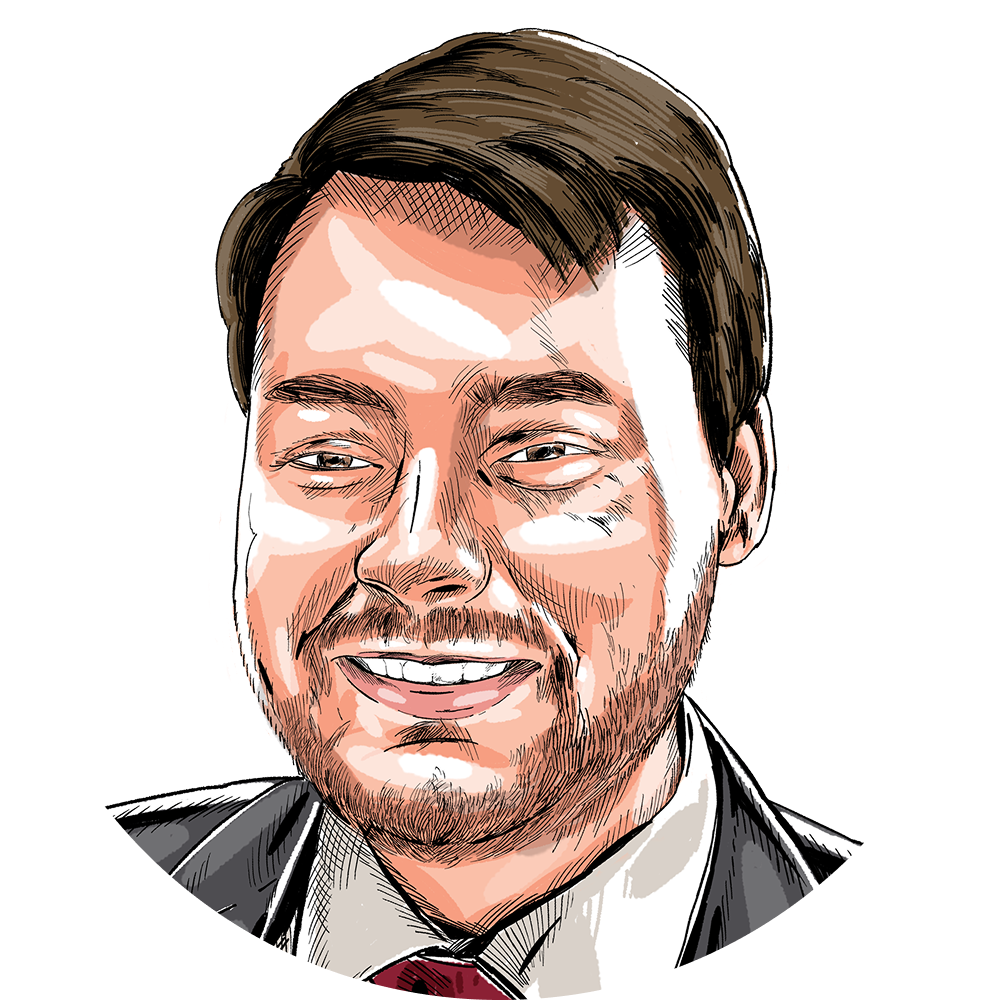

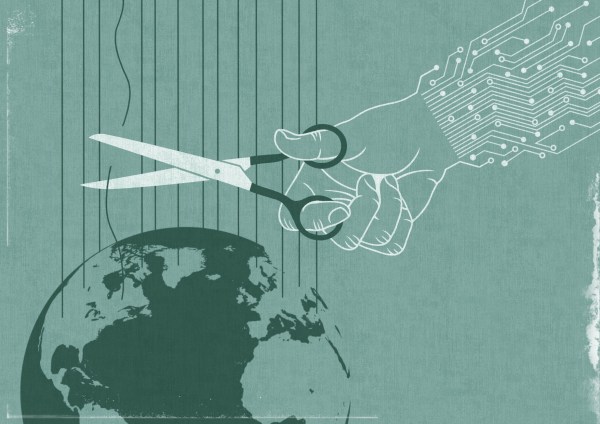
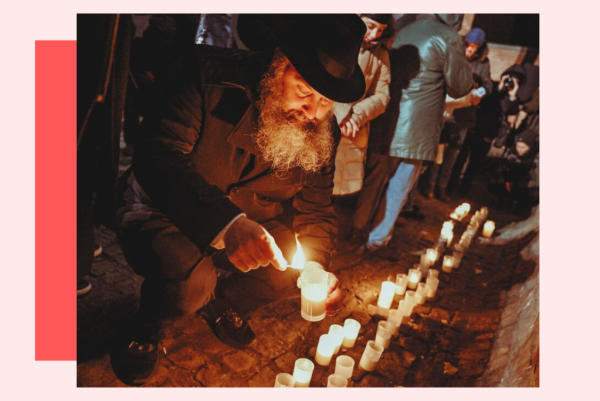
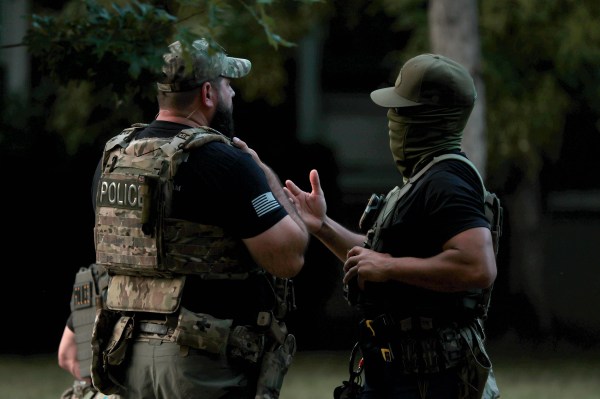

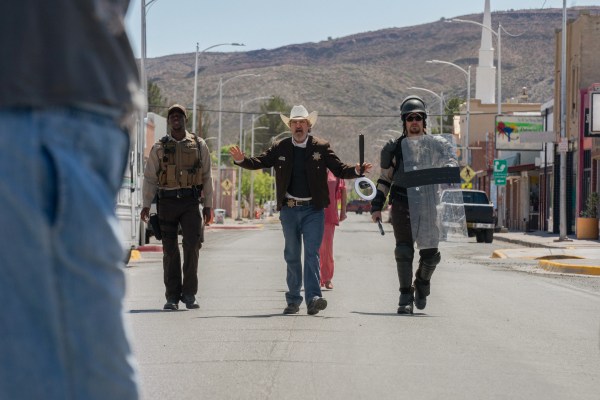
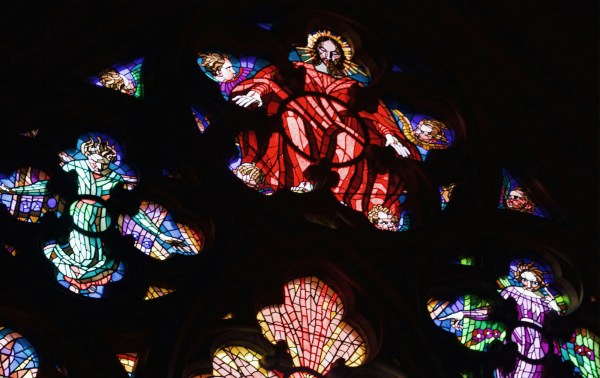

Please note that we at The Dispatch hold ourselves, our work, and our commenters to a higher standard than other places on the internet. We welcome comments that foster genuine debate or discussion—including comments critical of us or our work—but responses that include ad hominem attacks on fellow Dispatch members or are intended to stoke fear and anger may be moderated.
With your membership, you only have the ability to comment on The Morning Dispatch articles. Consider upgrading to join the conversation everywhere.